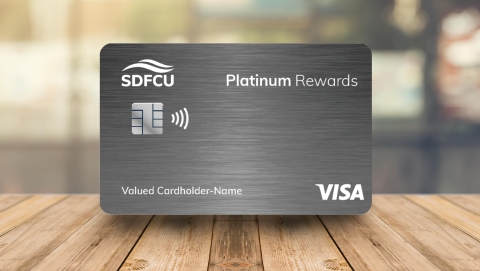Want to dig yourself out of high-interest debt? Here’s how:
Do you have a wallet full of credit cards and carry balances from month to month? Figuring out how to pay those growing debts off can sometimes feel impossible. Ask yourself the following questions:
- Should I only make the minimum payments?
- Do I concentrate on one card at a time?
- Should I transfer my balances?
- Do I take out a personal loan?
The important thing is not to panic. As inflation keeps prices high, millions have turned to credit cards to make ends meet. This spring, the average American household credit card balance rose to $8,942, according to research from WalletHub.
There is some positive news, though. There are ways to get your credit card bills under control, perhaps even more quickly than you imagined. It will take some time and effort, but you can do it. Consider these money moves as you work to pay down your debt:
1. Transfer Your Balance
You’ve likely heard of a balance transfer, which is when you move debt from one (or several) credit cards to another card with a lower interest rate. Your credit score comes into play here. The highest scores will help you qualify for cards with very low or 0% APR. Remember, though, the super-low rate will end after a certain period, usually 12 to 18 months. So be sure to understand your rates so you don't get caught in another high interest rate. Also, make sure you understand if there are fees associated with transferring your balance.
2. Embark on an "Avalanche"
If possible, try to pay more than the minimum amount on all of your cards. If that’s not possible, then pay the minimum on all cards and pay more than the minimum on your highest-interest card. This is known as the “avalanche method.” It’s one of the quickest and cheapest ways to get out of debt.
For example: if you have a credit card with 20% interest and a car loan at 6%, put every extra dollar possible to pay the credit card. Once the highest-interest debt is paid off, repeat the process with your next highest-interest card until all of your balances are zero.
NOTE: Once a credit card is paid off, don’t close the account. Leave it open so you have credit you are not using. This helps improve your credit utilization rate and boost your credit score.
3. Call Your Creditors
Here’s another idea to cut the interest on your credit cards.
- Call your credit card companies, tell them you have offers for lower rate cards.
- Ask them nicely to match, or at least lower your current rate.
- If you have a good payment history, it’s likely they will negotiate with you.
- If they say no, tell them you plan to close the account that day and transfer your balance to another card
- Be sure to tell them the name of the card you’re transferring to. (Use a credit card offers you’ve received in the mail.)
- If they don’t budge, ask to speak with a supervisor. Supervisors typically have the authority to offer cardholders a lower interest rate immediately. In some cases, you can cut your rate significantly simply by asking.
4. Set It But Don’t Forget It
Automate bill payments to ensure you don’t get behind (and face big late fees). While online bill pay with automatic deductions is a good idea, there’s one caveat: don’t just set it and forget it. Set a calendar reminder to check your accounts at least once every six months to make sure nothing has changed that could impact your finances.
Log in to Online Banking if you want to consolidate your other card balances to your lower rate SDFCU credit card or to set-up automatic payments.










